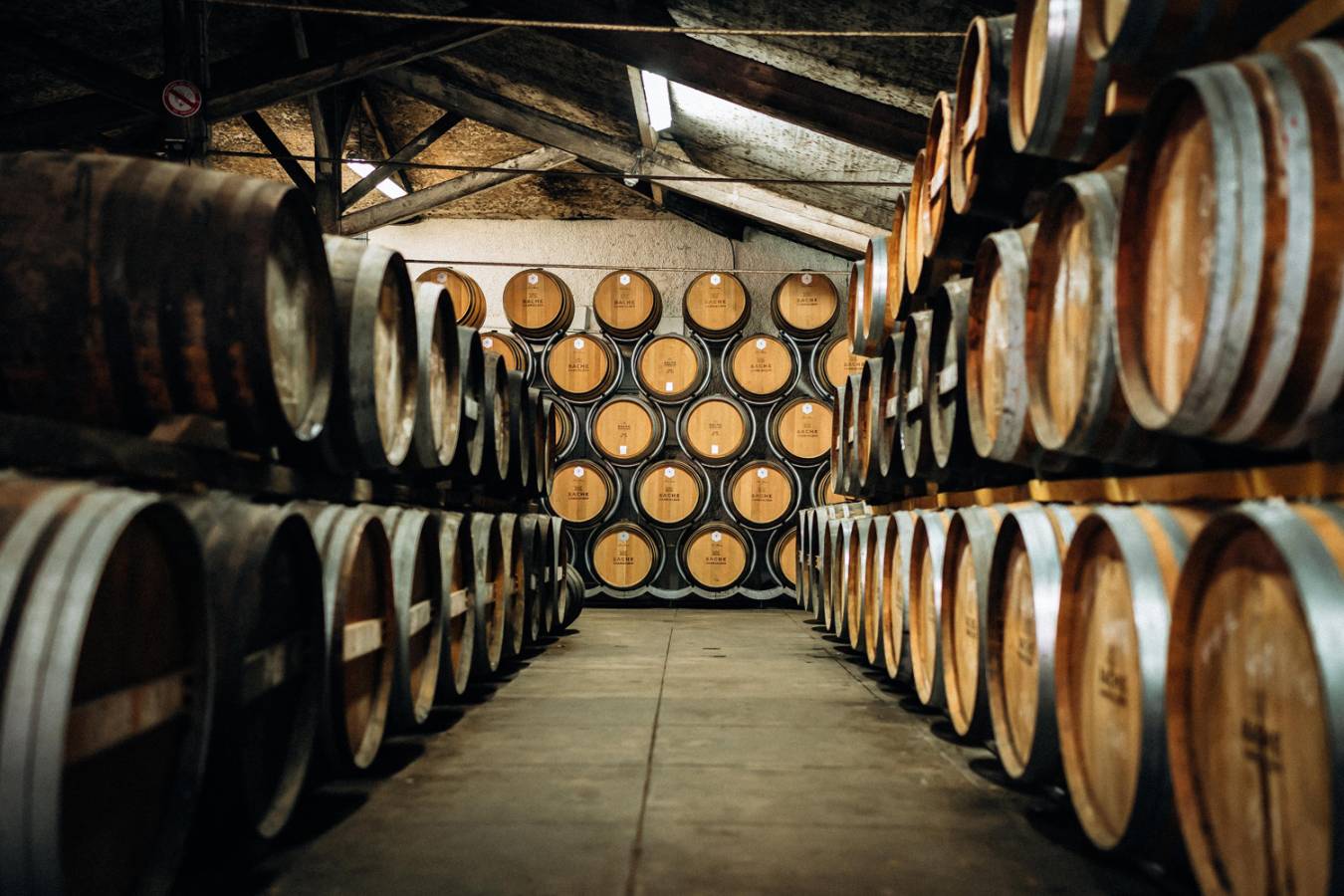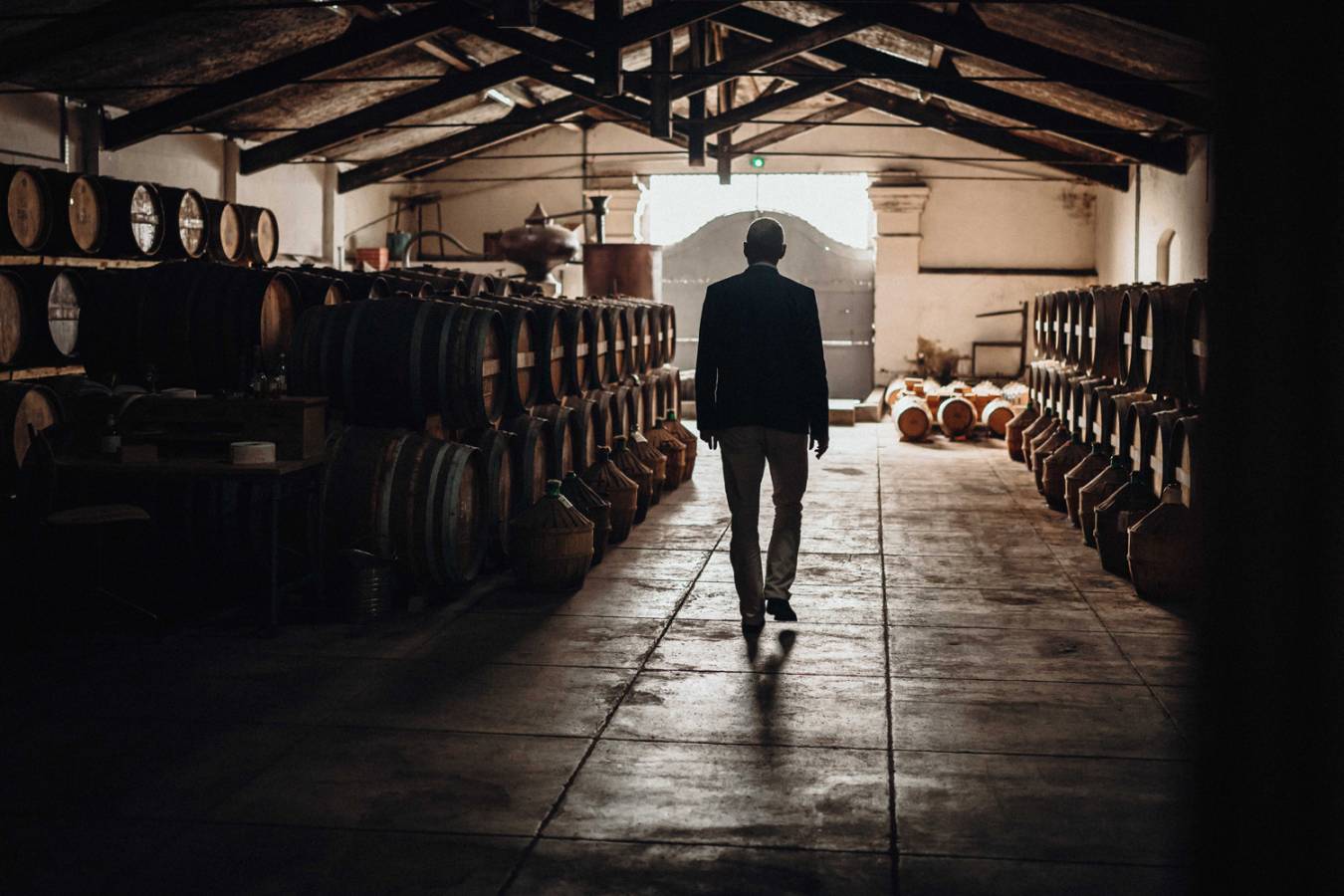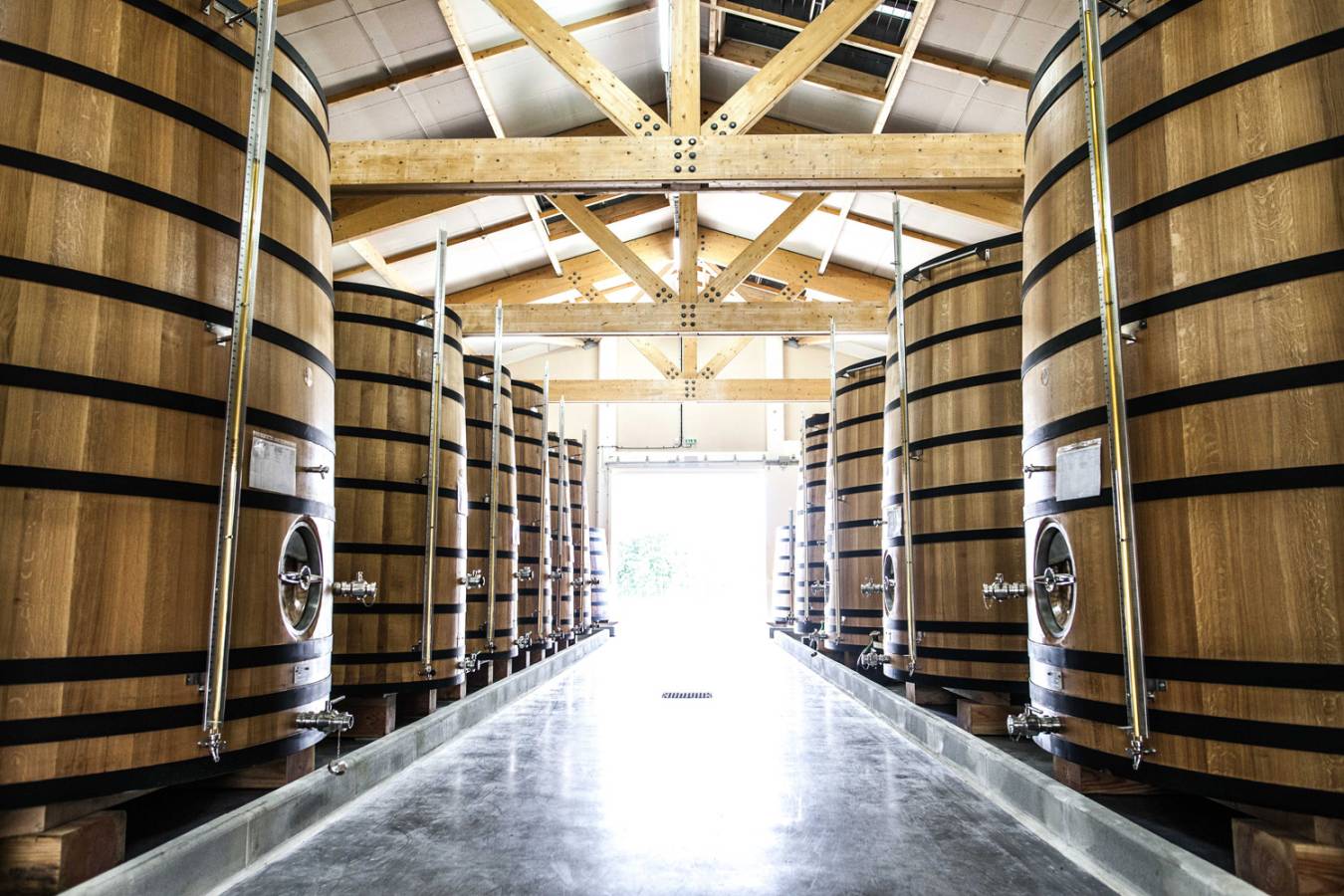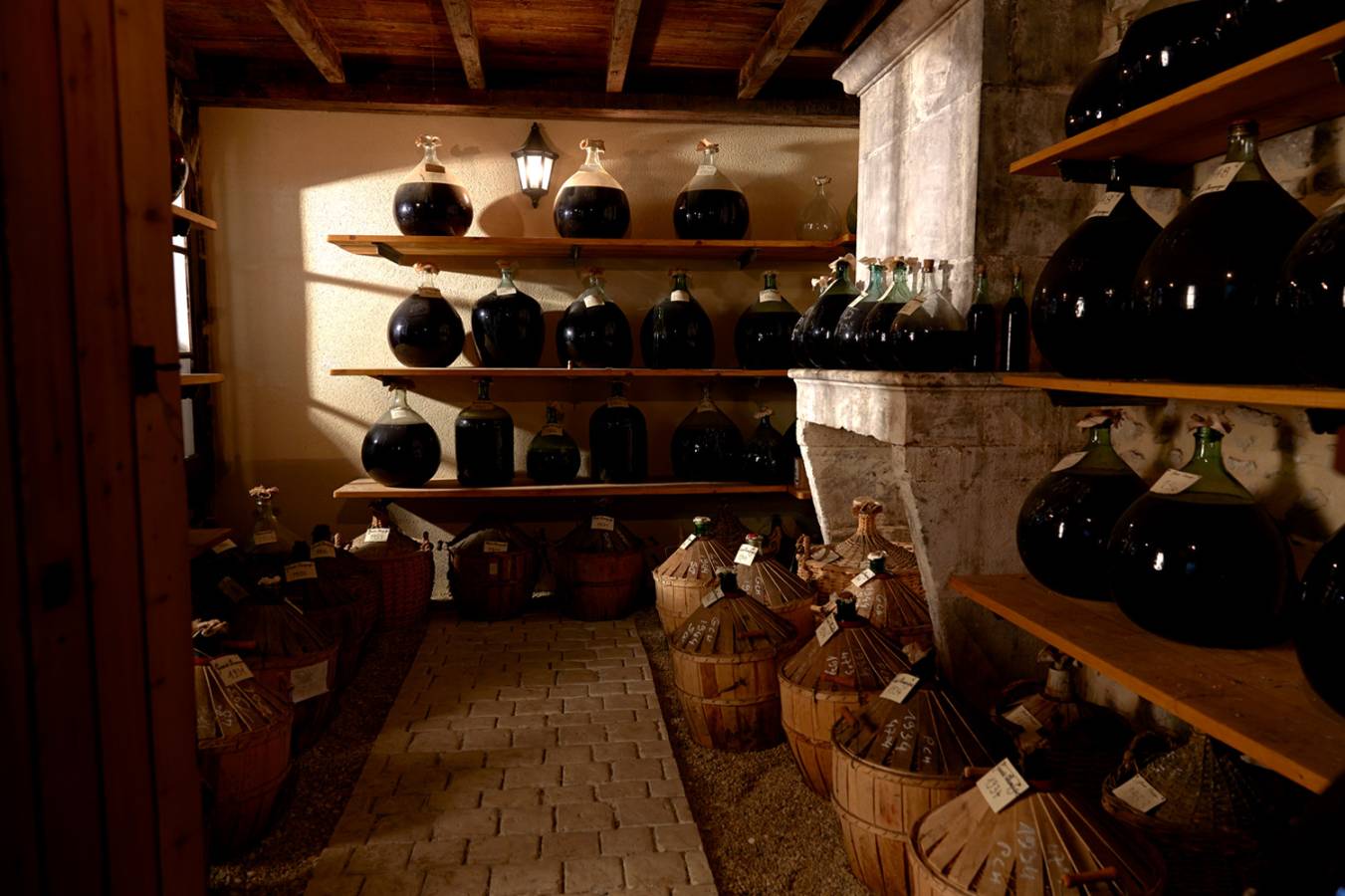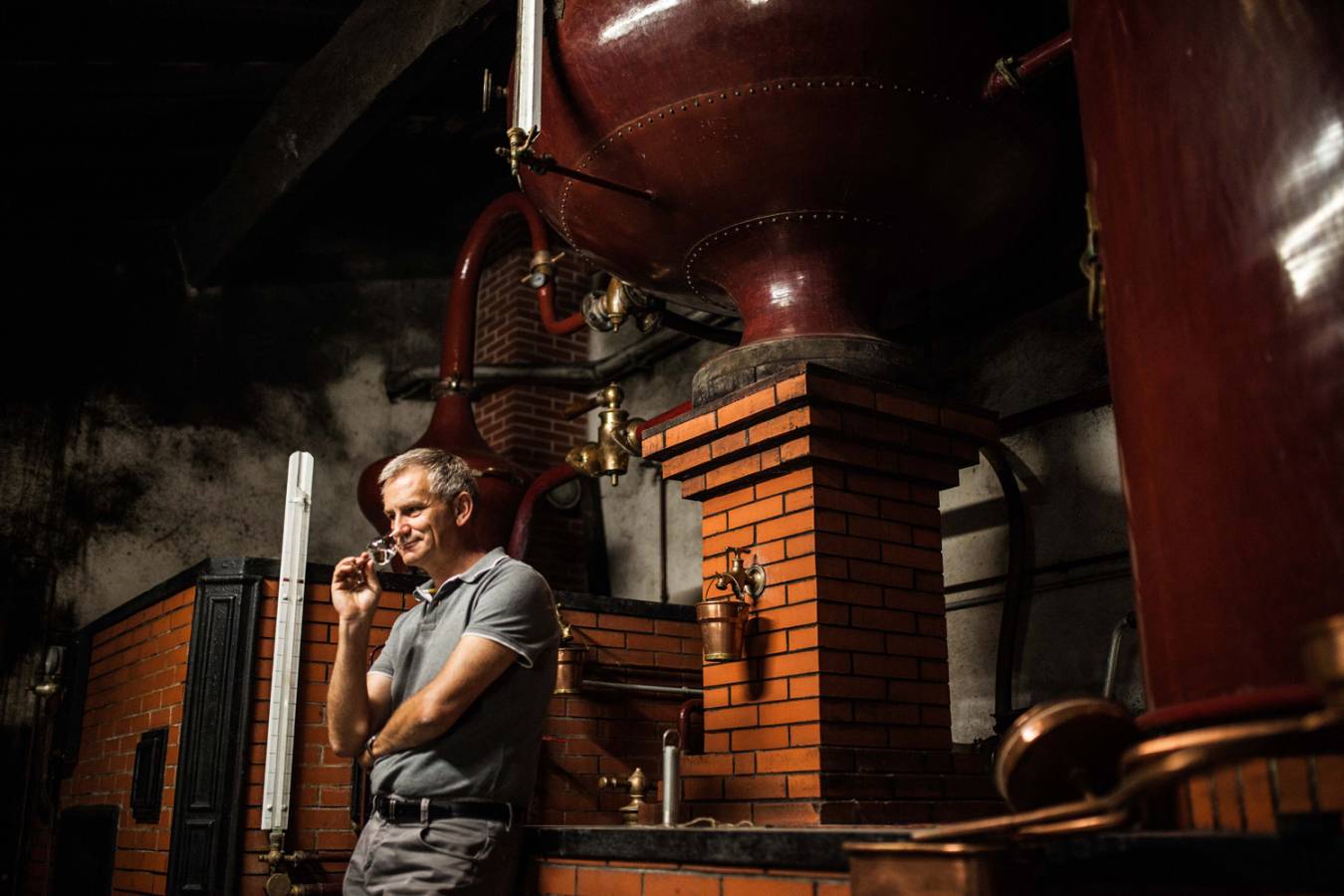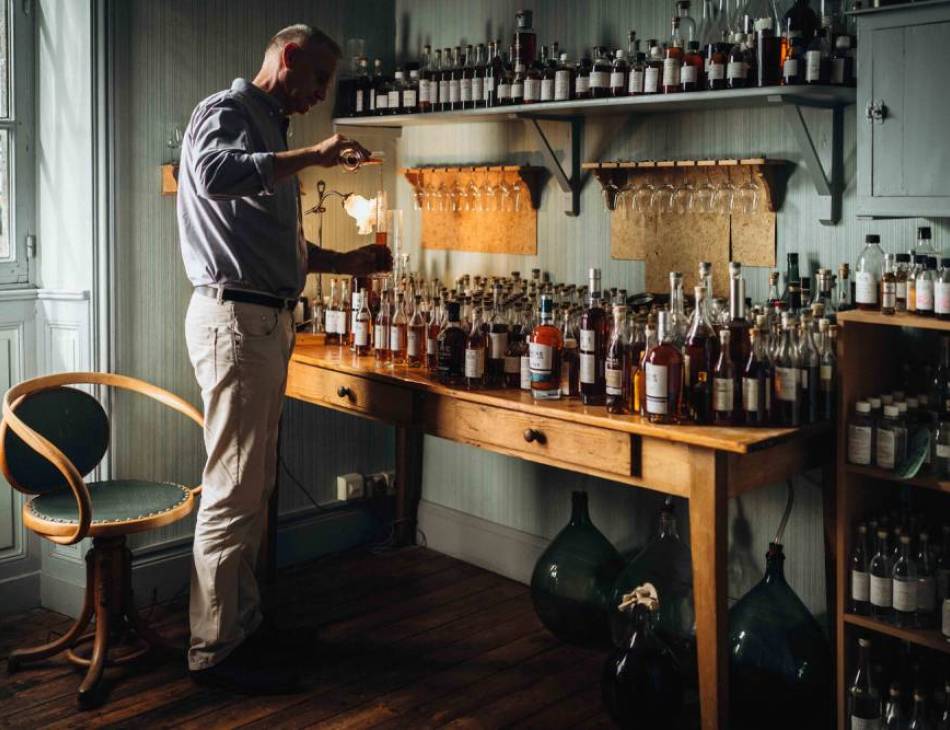Bache Gabrielson Cognac
Founded in 1905 by the young Norwegian adventurer Thomas Bache-Gabrielsen, the house has maintained its commitment to producing high-quality cognac for over a century. Thomas began his journey when he left Norway for France, driven by a passion for spirits and a keen entrepreneurial spirit. Joining forces with Peter Anton Rustad, another Norwegian, they acquired the established cognac house A. Edmond Dupuy. This acquisition marked the birth of Bache-Gabrielsen Cognac. I recently spoke with Claire Ronsin from the estate:-
With the house’s Norwegian heritage, have you noticed if the Norwegians favour a particular category or flavour profile of Cognac?
Rather than a particular taste profile of cognac for Norwegians, I'd talk about the great culture and knowledge of cognacs in this country. However, we can rule out cognacs with pronounced woody notes, which tend to cover up the subtle aromas of cognac. As connoisseurs, they want cognacs that are straightforward but complex. The buyers of the Norwegian monopoly are among the greatest connoisseurs of cognac and therefore make a rigorous selection of cognacs to offer the best value for money to Norwegians.
You were founded in 1905 - what are the oldest cognacs you have in your cellar?
The oldest cognac in our paradise cellar is a Grande Champagne from 1842 coming from the Salles d’Angles area.
How can cognac be more sustainable in general?
At a global level, the BNIC (Bureau National Interprofessional du Cognac ) has launched a “Cognac Environmental Certification” The ambition of the Cognac sector is clear: 100% of vineyard areas CEC-certified by 2028 or other certifications and recognised labels, including HVE and AB certification. You can learn more about it here: www.cognac.fr/en/our-commitments/cognac-environmental-certification/
At a brand level, at Bache-Gabrielsen we are committed in a CSR approach. We have calculated our CARBON footprint for the year 2022 and we have identified some key actions to take to reduce this footprint, especially within the packaging area. We are currently working on reducing the glass weight for our bottles and working on moving to 100% recycled PET for our flasks, with 100% monomaterial packaging so they can be recycled etc.
In 2021 we launched an organic VSOP called “5” bache-gabrielsen.com/en/5-vsop-organic-eco-designed/,the packaging of this cognac is made with a 96% recycled glass bottle, a single material cork and a sleeve that can be 100% recycled, a label made with a 100% recycled paper and that can be 100% recyclable as we use washable inks. It’s probably the most sustainable cognac available yet and we have received several prizes for it (2023: Grand Prix Trophées cognac Vignoble Engagé, The Spirits Design Master in 2021 by the Spirits Business, the Best Eco-designed packaging in 2021 by VS-News « Les spiritueux de l’année »).
How can cognac houses appeal to a younger generation apart from cocktails?
The new generation is a generation engaged. They are active on social networks and can easily search for and check information. They expect brands to be authentic and consistent, they want real messages and true actions. Gen Z consumes less alcohol than their elders and prefers low-alcohol drinks. However, when they do drink spirits, they often opt for premium spirits, which carry value. And cognac is a spirit that can embody this authenticity, it’s an ancestral spirit, all-natural, created by men and time.
Which cognac that you have made are you most proud of and why?
It’s hard to choose! The American Oak that was created in 2018 is a true innovation, and it has revolutionised the category which is renowned for not innovating so much. We are still famous for this product, and still recognised as one of the most daring cognac houses thanks to this innovation. We are proud of Bache-Gabrielsen “5” also as it embodies our CSR commitment. And Jean-Philippe Bergier (our Cellar Master) always says that the product he is the most proud of is the VS Tre Kors as it’s way more complicated to create a harmonious, smooth and complex cognac with 2 years-old eaux-de-vie than old eaux-de-vie, and the VS Tre Kors is famous for being very harmonious.
How many countries are your cognacs available in?
We are sold in more than 30 countries.
Are people now drinking less cognac but of a better quality? For example XO instead of VSOP.
It’s true that people are drinking less but better in general. Cognac is a premium spirit and the category has benefited from this trend during the last few years. We see consumers seeking premium products that have a story to tell in terms of expertise and savoir-faire.
Do you offer tours or tastings?
Yes we do, we offer a free 2 hours tour including tasting. We have chosen to welcome visitors for free as it’s the state of mind of the house: offer the possibility to discover cognacs. We can do the tour in French, English or Spanish and you can book it through our website: bache-gabrielsen.com/en/visits/ or by calling us: +33 (0)5 45 32 07 45
Tasting Notes
VS *** The Kors 40%
Light amber with golden highlights, the initial aroma is reminiscent of freshly baked bread pudding. Star anise adds a touch of exotic spice, mingling with nutmeg’s sweet, earthy notes and the rich, molasses-like essence of brown sugar. On the palate, there is a honeyed sweetness, with a smooth and velvety texture. I did think of Turkish delight. Mid-palate, there is pronounced butterscotch.
VSOP Triple Cask 40%
A rich amber colour and inviting aromas reminiscent of a freshly baked apple crumble topped with a generous drizzle of creamy custard. There are subtle hints of lemon peel, cinnamon and a touch of warm, buttery pastry. On the palate, the prominent flavour of vanilla is complemented by the delicate sweetness of ripe peaches, which add a fruity and slightly floral dimension. There is a subtle hint of spice on the finish.
American Oak 40%
Golden brown, the nose opens with the unexpected scent of raspberry ripple ice cream, bringing a sweet, creamy, and slightly tart aroma. This is followed by the fresh, juicy scent of cantaloupe melon. Beneath these, there are hints of spice reminiscent of rye whisky, which introduce a subtle complexity and warmth to the aromatic profile. On the palate, the Cognac is orchard fruit forward with toffee apples and baked pears. The finish is long and warm.
XO
Deep amber in colour the nose is reminiscent of nougat, with its creamy and nutty characteristics. This is complemented by a medley of mixed nuts, adding a layer of rich, earthy depth. A delicate touch of rose water provides a subtle floral note. On the palate, it is notably savoury at first which builds into a taste of rich butterscotch and creamy vanilla. Then comes hints of orange, cutting through the richness.
XO Fine Champagne
The nose is complex and intriguing, opening with the aroma of wholemeal bread. This is followed by vegetal and earthy notes, like the smell you experience on a walk through a damp forest. Delicate floral notes of jasmine provide a subtle contrast. There is a blend of flavours that are both savoury and slightly herbal. Initially, I got dried hay with the rich, umami flavour of mushrooms. Gooseberry notes introduce a tart, fruity element that brightens the palate and provides a refreshing counterpoint to the earthiness.
Hors d’Âge (50 years old +)
This has a deep mahogany colour and opens with the aroma of over-reduced marmalade, which provides a concentrated sweetness with a hint of bitterness from the citrus peels. This is complemented by ripe apricots, adding a fruity, slightly tart element. Vanilla introduces a creamy sweetness, while the subtle scent of chocolate digestive biscuits adds a layer of indulgence and complexity. The initial flavours bring to mind the rich and aromatic essence of a cigar box, with its woody and slightly smoky character. This is followed by cocoa, which adds a dark, bittersweetness to the mix. Clove introduces a warm spiciness. Mid-palate, there are touches of coconut, providing a creamy and slightly tropical nuance.
From its humble beginnings under the adventurous spirit of Thomas Bache-Gabrielsen to its present-day initiatives in environmental responsibility and appealing to a younger, more conscious audience, the house continues to balance its rich heritage with forward-thinking practices.

